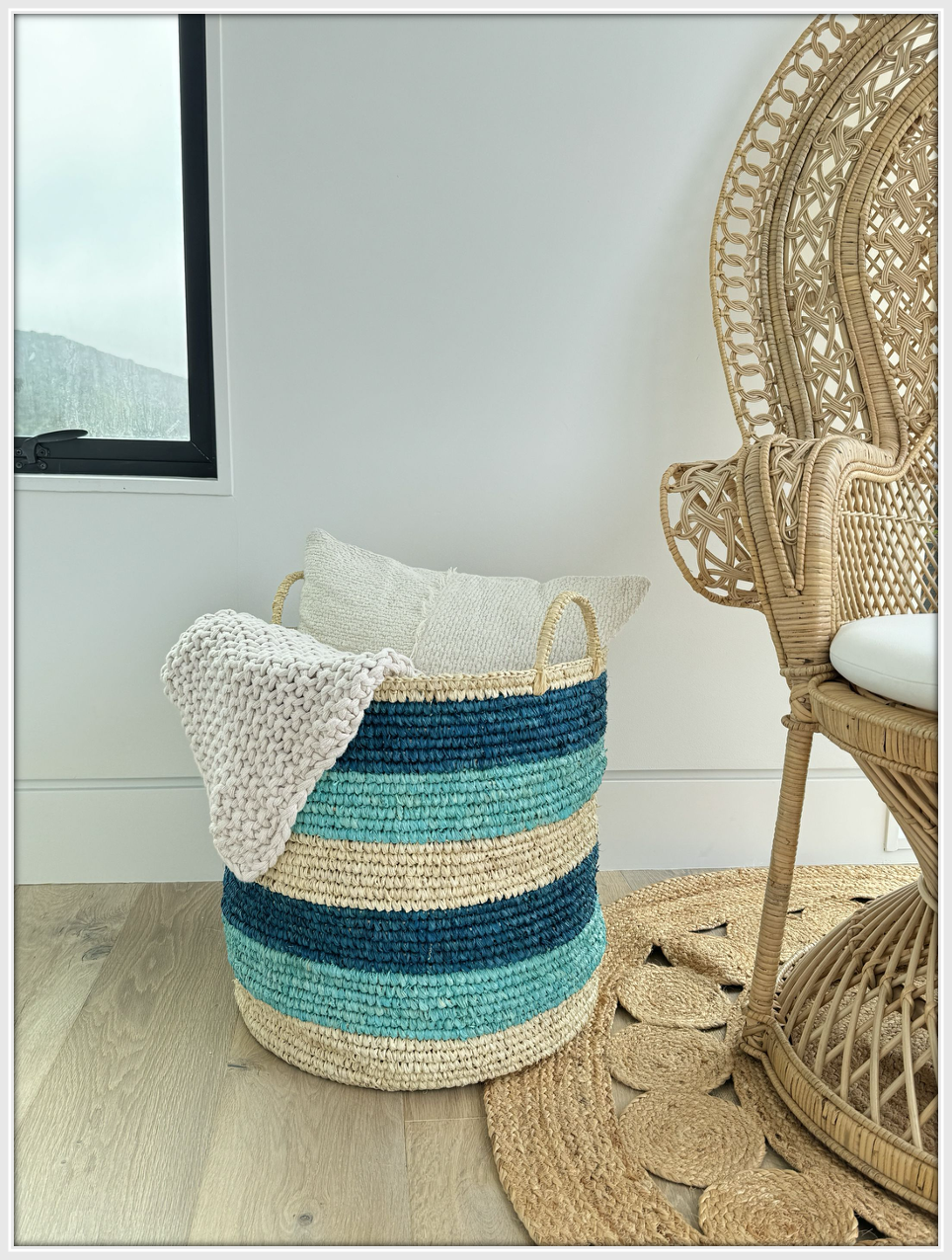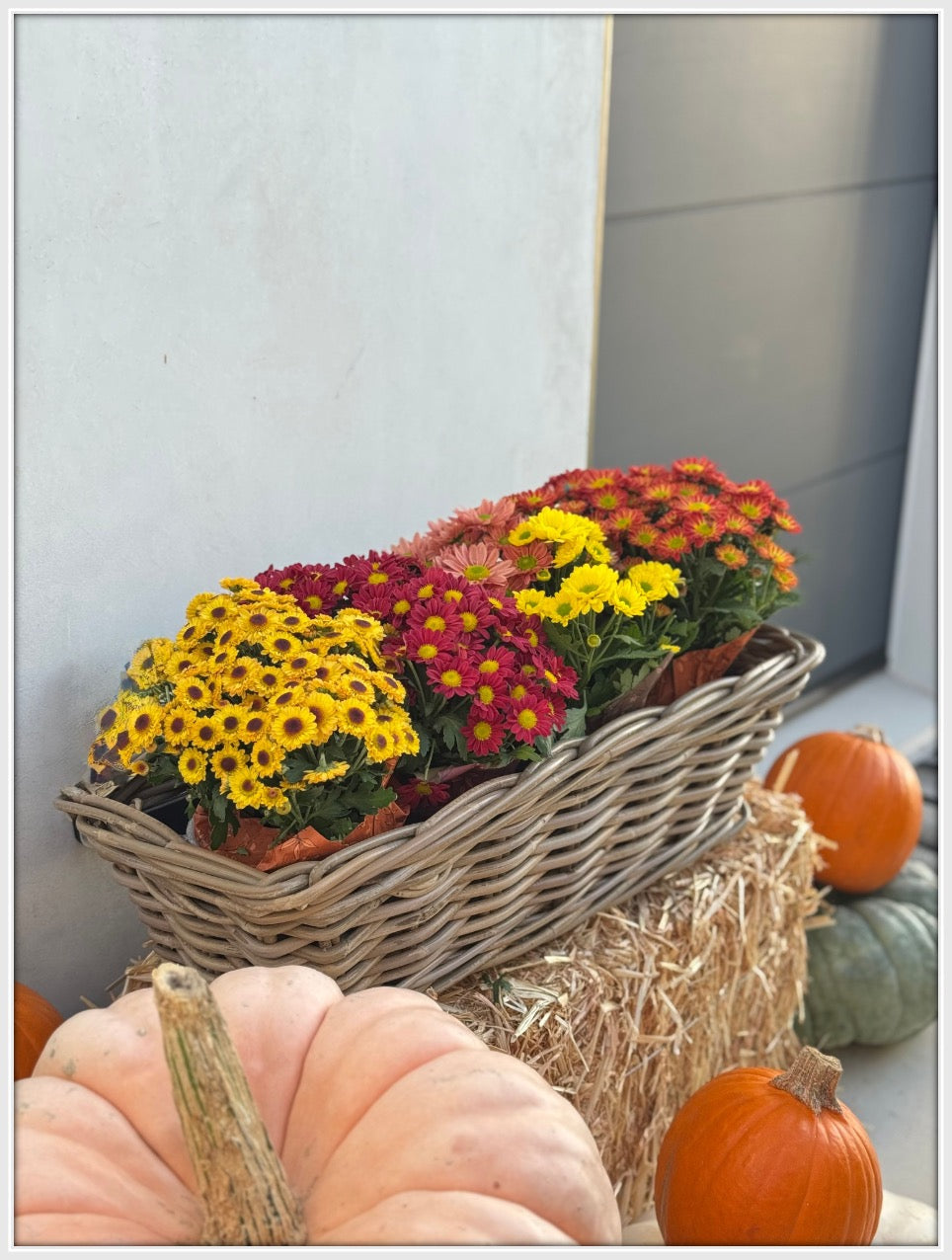All Discounted Items are Final Sale

Designer Nina Briggs and her work — Hollywood Hills Residence. Image © Nina Briggs, nba design studio
Nina Briggs is that rare designer: she wants your home to feel like you, to be about you, to reflect exactly who you are, not some place inspired by a glossy magazine. Once you have finished working with her, your space will be both all about you—and drop-dead gorgeous.
Nina has a Bachelor of Architecture and well over a decade of experience designing all kinds of residential and commercial projects. She has also taught interior architecture at almost every major school in Southern California and that has led her to distill her ideas about the capacity of a space to affect us on every level. As she teaches her students, “spaces parlay power… the power to affect us physically, psychologically, spiritually and emotionally.
So how does style fit into authentic design? In a previous post I discuss Coastal Style. I personally call myself a modernist, although I have a passion for folding in influences from far-flung cultures. Kouboo.com is all about blending styles. Nina Briggs somehow transcends style or labels. She keeps it very, very personal for her clients.
Nina recently took some time out to answer several questions on what makes an authentic home.
Q: What makes a home?
Q: Why do you think we make mistakes designing our own home spaces?
Most of our information about designing a home comes from profit-driven manufacturers, the glossy lifestyle images in the media, and consumer-psychology-driven sales. We elevate these sources to ‘experts’ who we allow to shape our perspective of what a home should look like, in lieu of what it must feel like. The only experts on making a home are the inhabitants and the design professionals who care about them.

Images © NBA Design Studio
What makes the above images of Nina’s work interesting for me are the ways in which the spaces in these two homes use objects. Bottles, books or art, these objects tell a story which immediately makes apparent the personal history and taste of the owner.
Q: What are some of your favorite strategies for helping your clients to get in touch with their authentic selves?
Not all clients truly want their homes to reflect their authentic selves. It takes genuine introspection to uncover who one is, and what one wants. Many clients just want the design professional to fix the annoying deficiencies, and make it look like a magazine clipping. Authentic home building or improvement requires deep thought and physical work. If one wants to live in a space that actually supports the way they live, they have to examine how they live, and be honest about the big and little things that make them feel at peace, safe and comfortable. They need to sort through their psychological and physical ‘stuff’, keeping what’s meaningful and letting go of that which is no longer relevant. This process is an on-going, conscious effort to remain connected to who we are, apart from the usual unconscious acceptance of consumerism.
Q: Please share with us some of your favorite tips and suggestions for creating a home that is authentic to yourself?

Image © NBA Design Studio
Open plan kitchen designed by NBA Design Studio creates a seamless integration of indoors and out, of living and eating spaces in this Hollywood Hills home.
Q: What are some of the specific ways that we can use the narrative of our lives to decorate our homes?
Connecting to memory, attachment, favorite places and heirlooms helps. We all have pleasant and unpleasant memories of childhood home and family, but as we become adults with the decision-making power and money to make a home, we unconsciously classify, repeat, or discard those memories in superficial ways, throwing out the baby with the bath water. It would be more productive instead to examine our memory for elements of positive feeling; feelings that comfort, inspire, and promote us to be the best part of ourselves. It helps to objectively read our special objects, heirlooms, or familial artifacts to obtain clues to home essences, to gain insight and meaning. Become conscious of the objects’ emotional effect on you. If they inspire, delight and invoke a feeling of warmth and beauty, then design around them; reiterate their color and texture. Those correctly seen memories and artifacts can be translated into spatial terms that actually align with and create a harmonious environment.
For example, I grew up in multiple houses and apartments that my artistic and design professional parents adorned and filled with their evolving preferences at the time. We lived in a great variety of spaces and places, but the aesthetic priorities were about natural light, visual connection to garden, well-designed furniture, and favorite colors. The practical priorities were about every member of the family having a ‘me’ space (no matter how small), plus family gathering space, organization for daily routines, and what about the dog? (There was always a dog). And whatever my parents could not afford to purchase, they made. My father moved walls and made the furniture, while my mother created all the art, and made everything textile.
As a design professional, privy to design history, trends and options, I remain consciously connected to what comforts me in home, rather than what’s hot, haute, or designery.
Q: Do you have any tips for avoiding over-doing it? For example, if you love the color purple or orange wouldn't those be difficult colors to use in an interior design context?

Coco Chanel and the living room of her Paris apartment. Image © All rights reserved.
Q: Any last thoughts?
“Everyone wants the same things in a house – light, coziness, spaces for the family to gather, and other areas that let each person hide out, have a cry, read a book. It doesn’t seem like a lot to ask.” – Robert A. M. Stern, Architect
I know that I am inspired by Nina to make a sweep of my own home, to remove everything that is no longer an expression of who I am today, and to highlight some of the objects that reflect both my history and my present interests. In fact, the happy clutter of books will always be a key aspect of any place that I live.
What do you have in your home that most reflects you? Please share your own stories of creating an entire home that is authentic to you, or even a small area, if you believe it captures something deeply personal.
Written by Catherine Holliss
Interior Design Blog Writer, Kouboo.com, LLC
Director of Interior Design, Sander Architects LLC.
Photographs © Catherine Holliss unless otherwise noted.
Blog Post © KOUBOO LLC. All rights reserved.

Discover 15+ rattan decor ideas for 2026 from Kouboo. Explore fresh styles, natural textures, and inspiring ways to refresh the vibes in your home.

Explore 10+ beach house gift ideas from Kouboo - elegant coastal décor and accessories made for relaxed, beachside living.

Discover 10+ budget-friendly fall decor ideas to give your home a warm, cozy vibe. From DIY accents to affordable finds, bring autumn charm into every room without overspending.